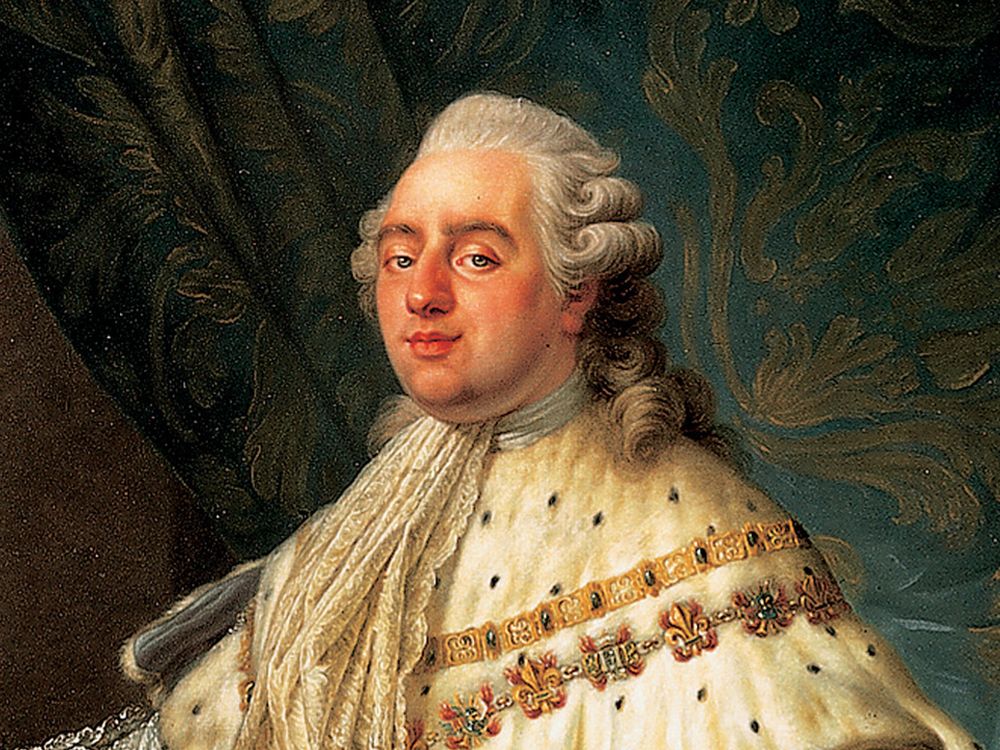
In the grand tapestry of European history, few figures shine as brightly as King Louis XIV of France. Known as the “Sun King,” his reign from 1643 to 1715 marked a golden era of French cultural, political, and military dominance. From his opulent palace at Versailles to his ambitious foreign policies, Louis XIV left an indelible mark on France and Europe as a whole. Let’s embark on a journey through the life and legacy of this iconic monarch. King Louis XIV of France
The Early Years of Louis XIV
Louis XIV was born on September 5, 1638, in the Château de Saint-Germain-en-Laye, to King Louis XIII and Anne of Austria. His ascension to the throne at the age of four, following the death of his father . Marked the beginning of one of the longest reigns in European history. Despite his youth, Louis XIV was groomed for kingship from an early age . Receiving a rigorous education in politics, diplomacy, and military strategy.
Centralization of Power
One of Louis XIV’s most significant contributions was the centralization of power in the hands of the monarchy. He famously declared, “L’État, c’est moi” (“I am the state”), emphasizing the absolute authority of the king. Through a combination of royal edicts, administrative reforms, and the suppression of dissent . Louis XIV established himself as the undisputed ruler of France, ushering in an era of absolute monarchy.
Versailles: A Symbol of Royal Splendor
Perhaps the most enduring symbol of Louis XIV’s reign is the Palace of Versailles. Originally a modest hunting lodge, Louis transformed Versailles into a dazzling display of royal power and prestige. The palace, with its magnificent gardens, grand halls, and lavish furnishings, served as the seat of the French court and a testament to the king’s absolute authority. Versailles became the epicenter of French culture and politics, attracting artists, intellectuals, and diplomats from across Europe.
Patronage of the Arts and Culture
Louis XIV was a passionate patron of the arts, investing heavily in the cultural enrichment of France. Under his patronage, French literature, music, and theater flourished, with luminaries such as Molière, Jean-Baptiste Lully, and Jean Racine enjoying royal favor. The establishment of institutions like the Académie Française and the Royal Academy of Painting and Sculpture further cemented France’s reputation as a cultural powerhouse.
Military Expansion and Grandeur
Louis XIV’s reign was also characterized by ambitious military expansion and territorial conquests. He pursued an aggressive foreign policy aimed at securing France’s dominance in Europe, leading to numerous wars and conflicts. The Sun King’s formidable armies, led by renowned generals such as François de Montmorency-Bouteville and Nicolas Catinat, achieved significant victories, expanding French territory and influence across the continent.
Legacy of Louis XIV
Despite his achievements, Louis XIV’s reign was not without controversy and challenges. His costly wars and extravagant spending left France burdened with debt, contributing to social unrest and discontent among the populace. Moreover, his persecution of religious minorities, such as the Huguenots, tarnished his reputation as a benevolent ruler.
In conclusion, King Louis XIV of France remains a towering figure in European history, whose reign shaped the course of the continent for generations to come. From his centralization of power to his patronage of the arts, Louis XIV’s legacy is one of grandeur, opulence, and enduring influence. As we reflect on his reign, we are reminded of the complexities of monarchy and the enduring impact of individuals on the course of history. The Sun King may have passed into the annals of history, but his legacy continues to illuminate our understanding of the past.
